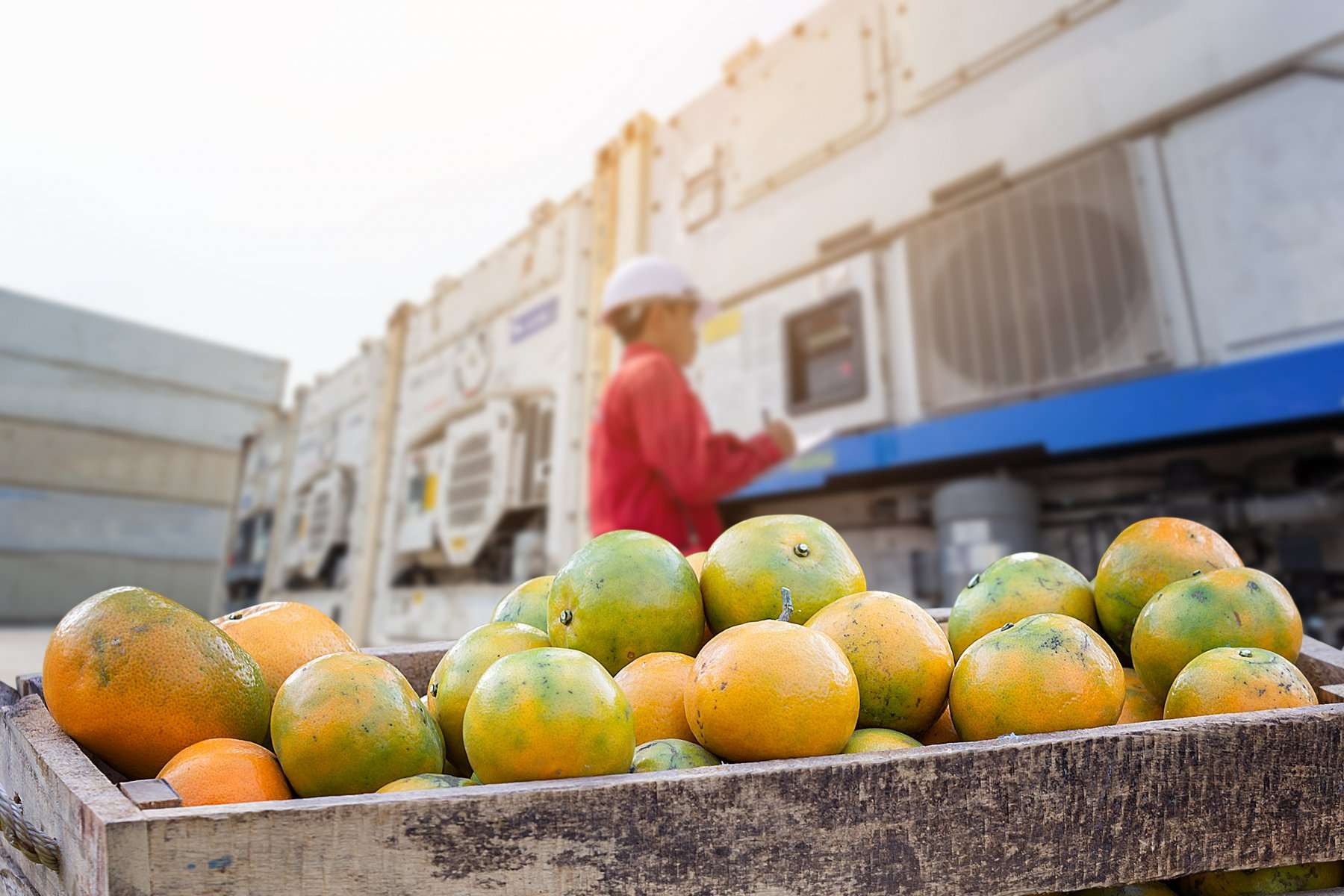HOW CAN WE REVIVE AND EMBED A CULTURE OF REPAIR AND REUSE BACK INTO OUR DAILY LIVES?
The Issue
Our current linear economic model of “take, make, dispose” has led to an unsustainable level of resource consumption and waste generation, and we now know that a more circular approach is needed. In a circular economy, waste is minimised, and resources are conserved by keeping them in use for as long as possible. Reviving and embedding a culture of repair and reuse is critical to creating a circular economy that will achieve a more sustainable and resilient future for people and planet.
Why
We all know that repair and reuse has many benefits, from reducing waste and limiting resource exploitation, to creating new economic opportunities and helping to shift consumer values that focus on quality, longevity, and durability, rather than just low prices and convenience. But getting things fixed is hard – finding people with the skills to fix more complex technological items is tricky, and more often than not, it is still cheaper and simpler to just buy new.
Our Support
The Dixon Foundation want to figure out how to make repairing an item a more accessible and appealing option than buying new. You may be working on making a particular type of repair more widely accessible, or you could be coming up with a tech solution that maps repair locations – whatever your solution, we are curious to find out more!



